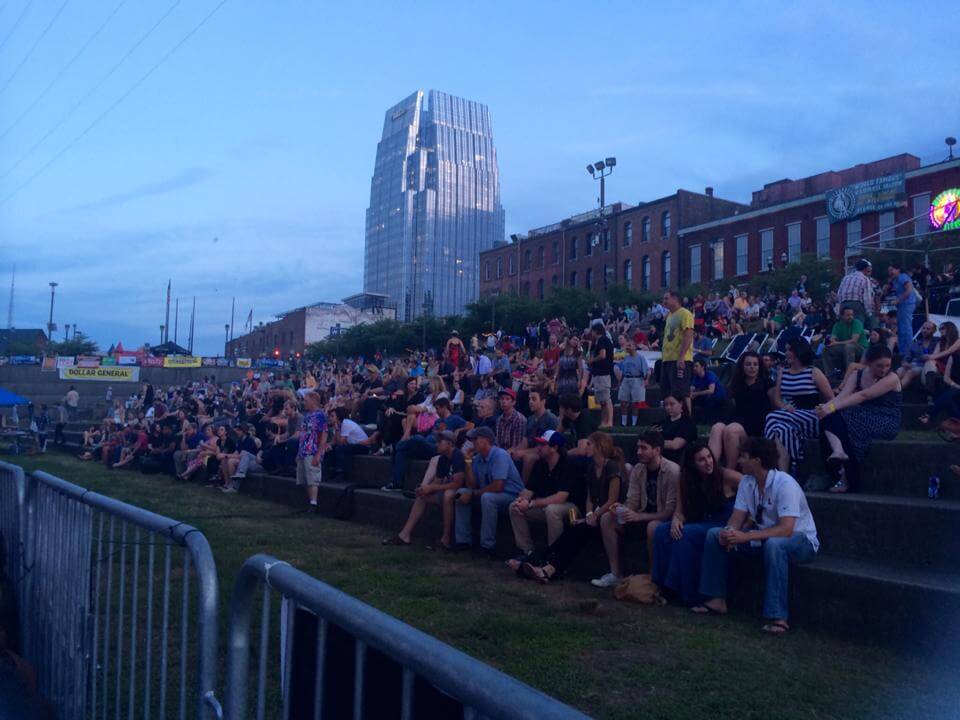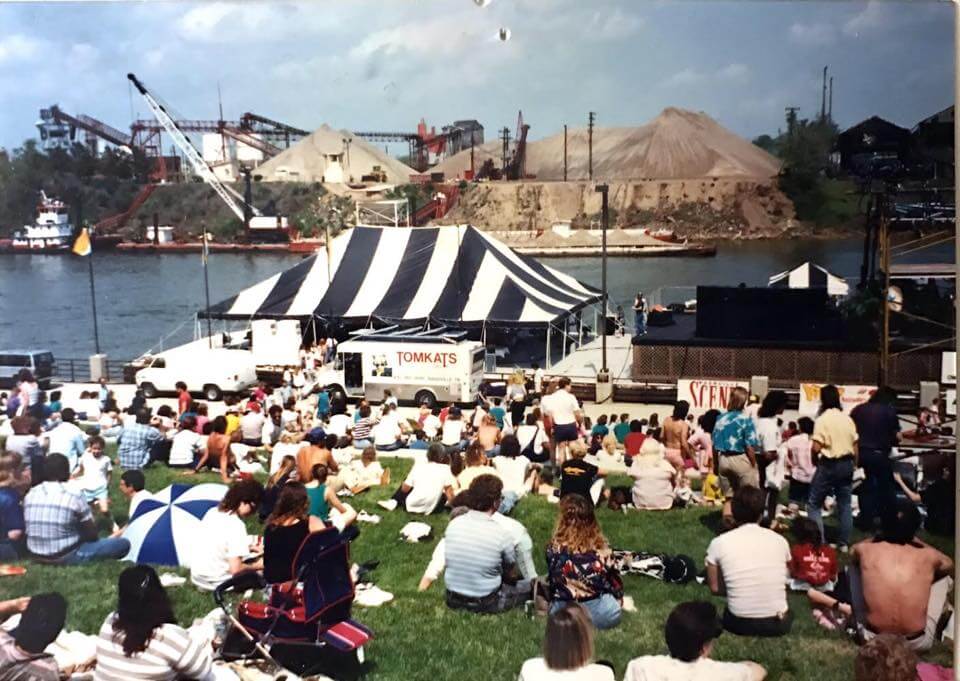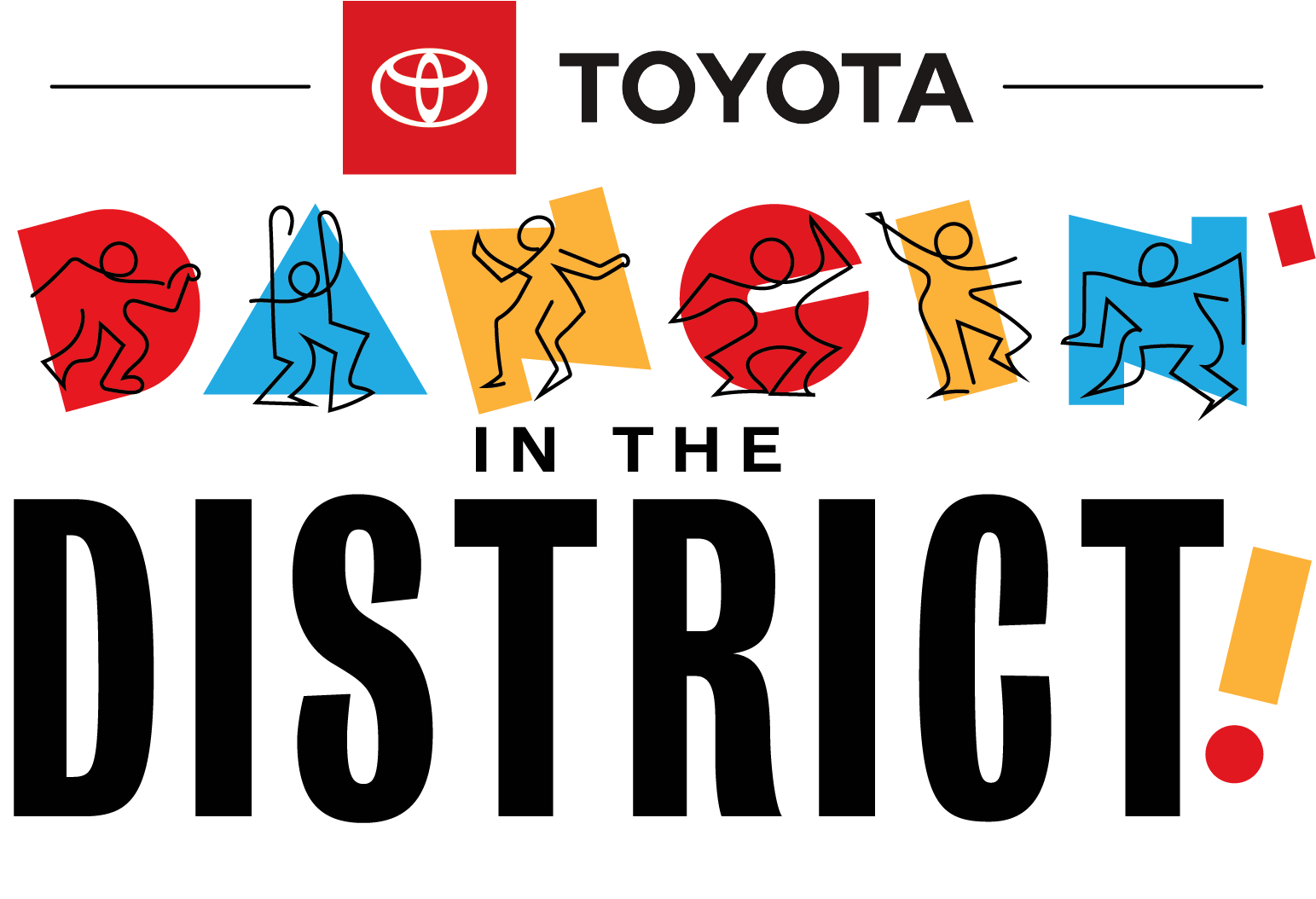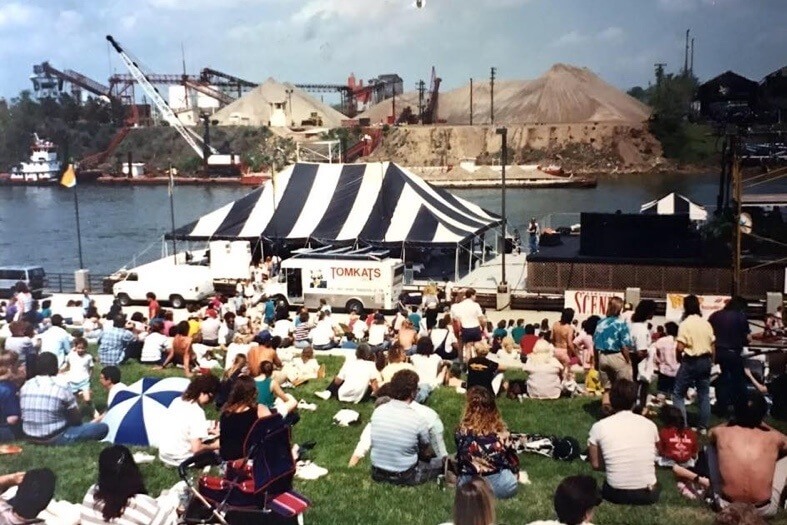Nashville natives still residing in Music City, few as it seems there may be, have a keen perspective of what the city once was and how far it has come. Tom Morales, for example, remembers how downtown Nashville was once a dicey district filled with unsavory businesses — from pawnshops to porn shops. One of the city’s most notable figures in hospitality, Tom played a tremendous role in helping kickstart the transformation of downtown Nashville into what it is today: a bustling, vibrant and highly lucrative destination that appeals to both locals and out-of-towners alike. While many current Nashvillians are likely familiar with his wildly popular downtown dining spots (Acme Feed & Seed, Southernaire Market and The Southern Steak & Oyster), there are just as many who may not be familiar with one of Tom’s more memorable initiatives he launched in an effort to breathe new life into lower Broad 25 years ago: Dancin’ in the District. This free summer concert series, which took place at Riverfront Park on Thursday nights from 1994-2005, was a standard way to kick off the weekend for thousands who were looking for a fresh option for a night out.
As much as Tom was passionate back then about nudging Nashville to the next level, helping it grow and evolve into the city he knew it could be, he is now on a mission to retain the richness of Nashville’s history and the qualities that draw people to it in the first place. How does he plan to do this? By bringing back Dancin’ in the District — if only for one October night. Get a glimpse into how and why he created the original Dancin’ in the District, learn why it was such a beloved event series and find out why, from the man himself, he hopes everyone will come partake in the return of this huge, one-night-only Nashville happy hour.


StyleBlueprint: When did Dancin’ in the District originally kick-off, and who was the first act to perform?
Tom Morales: [It launched in] 1994 with Clarence “Gatemouth” Brown.
SB: How did Dancin’ in the District (DITD) get launched?
TM: We bought a piece of property at 408 Broadway and realized that we needed to spark local interest in lower Broad and its history of music discovery. Mac McDonald with THE DISTRICT and Pace Concerts partnered with us that first year to help make it happen. Mayor Phil Bredesen believed in the idea, and the city of Nashville became a presenting sponsor as well!
SB: Why do you think it was such a popular event?
TM: It was a good time with great music in a beautiful setting. It was interesting to see its evolution and popularity grow so quickly. It became a huge happy hour for local Nashvillians.
SB: Why did it end?
TM: It really ran its course in terms of revitalizing lower Broadway, creating excitement in an area that had been ignored for over a generation. It was used to recruit the Titans, the Predators and many other businesses to Nashville by showing the vibrant community that showed up on Thursday nights.

SB: Who were some of the top performers that played DITD back in the day?
TM: Cake, Wilco, Emmylou, Kanye West, Rayland Baxter … the list goes on and on.
SB: What is your most fond memory of the original DITD?
TM: Probably the first night down on Riverfront, when Emmylou Harris agreed to play because her daughter said it was a “cool event.” We really had no idea what was going to happen, and close to 10,000 people showed up, Mayor Bredesen greeted the crowd, and the start of the rebirth of Nashville began!
SB: When did the idea to bring it back begin to form, and why?
TM: We felt Dancin’ symbolized a reconnection of who we were as a city. There was talk about tearing down the Mother Church, the Ryman Auditorium. The historic district where dreams came to life on honky-tonk stages had become nothing but pawn and porn shops. The community had moved to the suburbs, and downtown was a place to be avoided. In a lot of ways the “It City” needs a reminder of who we were. As tourist traps replace discovery platforms, when historic buildings give way to skyscrapers, and peddle taverns help create gridlock, it’s death by 1,000 cuts. Dancin’ was by locals, for locals, when Nashville was a little big town. We need to protect what we have left that makes us authentic and real, so it’s kind of like “back to the future.”
SB: How will the new Dancin’ be similar to the original? How will it be different? And how will it differ from other downtown music events — or will it?
TM: Live on the Green really carried on the tradition of Dancin’ with our original and present partner, WRLT. The music discovery, local community and [the fact it was] free to the public were the key elements, and they will continue to be through the generosity of our sponsors, like Toyota, Dell, etc.

SB: Is this a one-time event, or will it become a series like the original?
TM: That’s an interesting question. The excitement and enthusiasm have been overwhelming, but for now, it’s a huge happy hour/reunion of sorts that hopefully generates lots of fun memories and adds to its legacy of bringing people together. It’s important that the authentic, music-supporting Nashville, and bars like the Acme that really fit the mold, rise above the clutter and continue to be that beacon for those with a dream.
SB: What is your hope or goal for reviving Dancin’?
TM: To remind Nashville of our roots both as a community and that we have the power to save ourselves from the powers that threaten us. We really are at a pivotal point in our history and can still, together, make a difference. I really want this to begin a movement where progressive values have equal footing so we are represented in what we are rapidly seeing change. We also want to raise a lot of money for Music Health Alliance, our benefactor.
Dancin’ in the District returns to Riverfront Park on October 10, 2019. Learn more at nashvillesdancin.com.
*********
Keep up with all of the amazing Nashville events taking place — check out our Happenings HERE.



















